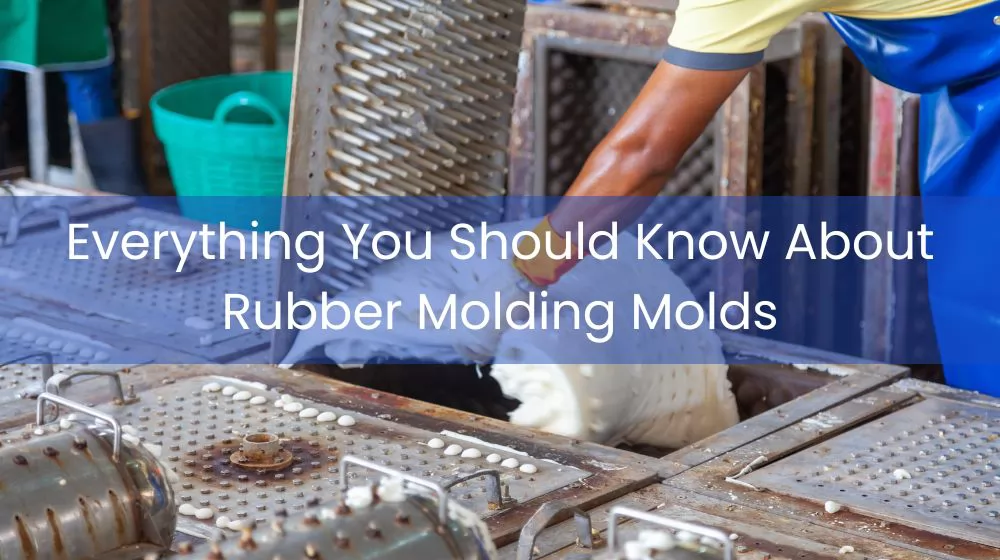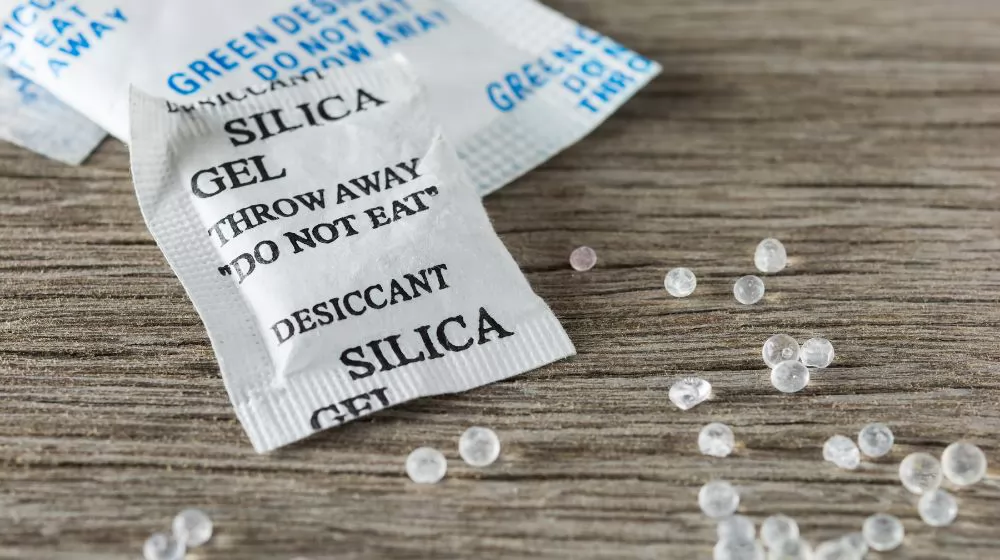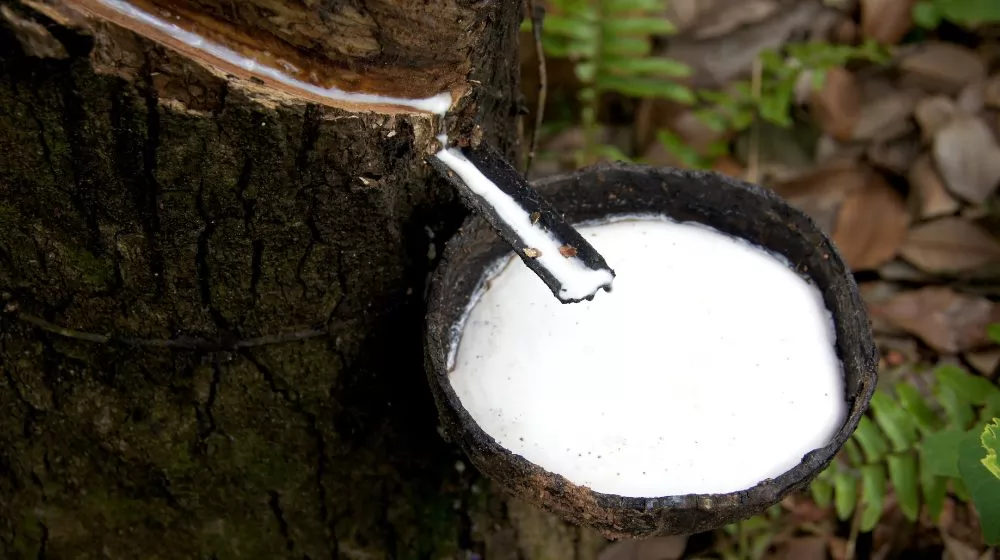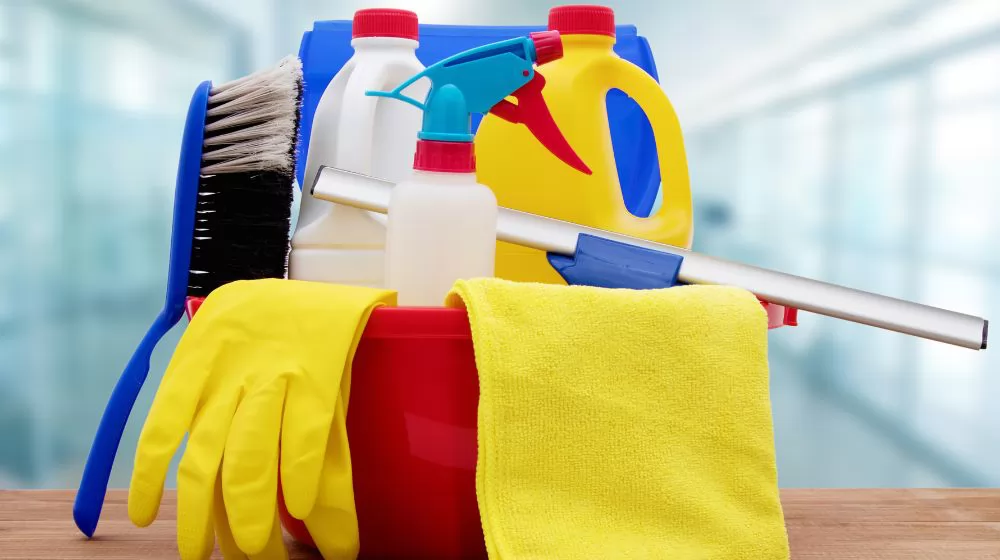
Rubber forming mold is one of the key tools for manufacturing rubber products. They are used to inject liquid or soft rubber materials into specific shapes and convert them into the desired product after curing. Rubber forming molds are indispensable key tools in the modern industrial field. With their precise design and manufacture, they provide the necessary support and guarantee for the production of various rubber products. From auto parts to seals of electronic equipment, from medical equipment to home appliance accessories, rubber molding molds play a role as a bridge between design and production. Let's delve into this fascinating field and learn about the manufacturing process of rubber molding tools and their importance in modern industry.
Article Directory:
Rubber molding mold types and characteristics
The following is a table of several common rubber molding mold types and their characteristics:
|
Mold type |
Features |
|
Compression mold |
Simple structure, low manufacturing cost, suitable for the production of small batch products, long mold life |
|
Injection mold |
Complex structure, high manufacturing cost, suitable for mass production, high dimensional accuracy and high production efficiency |
|
Extrusion die |
Continuous production, suitable for the production of long or tubular products, fast forming speed and long mold life |
|
Foam mold |
It has a foam structure, high manufacturing cost, and is suitable for the manufacture of lightweight, shock-absorbing, and insulating rubber products |
|
Rubber keyboard mold |
High manufacturing precision requirements, suitable for the production of electronic product keyboards, soft touch, strong durability |
|
Tire mold |
Complicated structure, large size, high manufacturing cost, suitable for manufacturing various vehicle tires |
|
Sealing ring mold |
Simple structure, low manufacturing cost, suitable for producing various industrial seals, good durability |
|
Silk screen mold |
It requires high manufacturing precision and is suitable for printing logos, patterns and characters on rubber products |
|
Two-color mold |
Manufacture of two-color or multi-color rubber products, high molding precision, complex color and texture effects can be achieved |
|
Silicone mold |
High manufacturing precision requirements, high temperature resistance, good corrosion resistance, suitable for manufacturing precision rubber products, models, etc. |
What materials are used for rubber molding molds?

Common rubber molding mold materials include metal, silicone, and polyurethane. Metal molds are usually made of steel, which is suitable for mass production due to its high hardness and wear resistance. Silicone molds have good flexibility and high temperature resistance, and are suitable for manufacturing rubber products with complex shapes. Polyurethane mold combines the characteristics of metal mold and silicone mold, and has high wear resistance and flexibility.
Rubber molding mold manufacturing process
Mold design: According to product requirements and specifications, carry out three-dimensional design of the mold. Factors such as product shape, size, and material fluidity are considered during the design process to ensure that the mold can meet the expected molding effect and product quality requirements.
Material selection: According to the requirements of the product and the mold, select the appropriate mold material. Common mold materials include metal (such as aluminum alloy, steel), silicone, polyurethane, etc. Material selection should take into account the wear resistance, high temperature resistance, dimensional stability and other factors of the mold.
Mold processing: according to the mold design, use CNC machine tools, electric discharge machining and other processes to process the mold materials. The machining process includes milling, turning, drilling, wire cutting, etc. to obtain the required mold shape and size. During the processing, the precision and surface quality of the mold need to be guaranteed.
Mold assembly: Assemble the processed mold parts, including mold cavity, mold core, positioning pin, guide column, etc. Ensure that the various parts of the mold work in harmony for smooth molding of rubber products.
Mold debugging: Debug the assembled mold, adjust the opening and closing, pressure, temperature and other parameters of the mold through mold testing and adjustment to obtain the best molding effect. During the mold debugging process, multiple trial molds and fine-tuning may be required until the product requirements are met.
Production verification: After the mold debugging is passed, the production verification will be carried out, and a batch of samples will be produced for inspection and testing. The verification results are used to confirm the stability of the mold and the consistency of product quality, and make necessary adjustments and improvements.
How to maintain the rubber molding mold?
Rubber molding molds need regular maintenance and maintenance during use to prolong their service life. Maintenance work includes cleaning the mold surface, repairing mold damage, applying mold surface lubricant, etc. In addition, the correct use of molds and the avoidance of excessive pressure and temperature can also reduce the wear and damage of molds.
Innovations in Rubber Molding Molds
With the development of science and technology, rubber molding molds are also constantly innovating. The application of some new mold materials, such as ceramic molds and composite molds, has better wear resistance and thermal conductivity, which can improve production efficiency. In addition, the application of 3D printing technology also provides new possibilities for the manufacture of rubber molding molds.
The production process of rubber products?

1. Preparation of rubber raw materials
First, the raw material for rubber is prepared. Usually rubber latex, rubber granules or rubber blocks are used as raw materials. According to the product requirements, the rubber raw materials are weighed and mixed, and an appropriate amount of auxiliary materials such as fillers, plasticizers and vulcanizing agents are added.
2. Rubber mixing
Send the mixed rubber raw materials into the rubber mixer for mixing. During the mixing process, the filler in the rubber raw material is uniformly dispersed through the action of mechanical shear and heat energy, and the elasticity and plasticity of the rubber are enhanced.
3. Rubber molding
Send the mixed rubber material into the molding machine for molding. Common molding methods include compression molding, injection molding, and extrusion molding. Compression molding is suitable for making rubber products of smaller dimensions, injection molding is suitable for complex shaped products, and extrusion molding is suitable for continuous length products.
4. Rubber vulcanization
The molded rubber products need to be vulcanized to improve their wear resistance and strength. Rubber products are placed in a vulcanization furnace, and the rubber is cross-linked by heating to form a final product with better strength and elasticity. The vulcanization time and temperature depend on the type of rubber and product requirements.
5. Trimming and inspection
Vulcanized rubber products need to be trimmed and inspected. Trimming refers to modifying the appearance of the product according to product requirements, such as removing burrs and trimming edges. Inspection is the quality inspection of products, including inspection of dimensions, appearance and performance.
6. Packaging and storage
Qualified rubber products are packaged and marked after inspection. According to the characteristics and requirements of the product, select the appropriate packaging material, and carry out appropriate labeling and packaging. Then store the packaged products in a dry, ventilated warehouse, away from moisture and direct sunlight.
The above is the general production process of rubber products. Different types of rubber products may have some differences, but the overall process is similar. In the whole production process, strict control of the quality of raw materials, parameters of processing technology, and quality inspection and control are the keys to ensure the quality and performance of rubber products.
What are the uses of rubber products?

Below is a table of some common rubber products and their uses:
|
Rubber Products |
Use |
|
Tire |
Tires for vehicles, bicycles and motorcycles |
|
Sealing ring |
Seals for industrial equipment, automotive engines and pipes, etc. |
|
Rubber tube |
Pipe connections for liquid transmission, gas transmission and chemical pipelines, etc. |
|
Rubber gasket |
Sealing gaskets for buildings, mechanical equipment and pipelines, etc. |
|
Rubber gloves |
Protective gloves for medical, laboratory and industrial fields |
|
Rubber sole |
Improved wear resistance, slip resistance and comfort of footwear |
|
Rubber pipe fittings |
Connections for automotive cooling systems, hydraulic systems and air conditioning systems, etc. |
|
Rubber keyboard |
Input devices for electronic products and computer equipment, etc. |
|
Rubber ball |
Props and decorations for sports, children's toys, entertainment, etc. |
|
Rubber sealing stripe |
Sealing and sound insulation materials for building doors and windows, automobile doors and windows, furniture, etc. |
|
Rubber spring |
Shock absorbing and cushioning devices for industrial machinery and vehicle suspension systems, etc. |
These are just a part of rubber products. Rubber is widely used in various fields and has become one of the indispensable materials because of its excellent elasticity, abrasion resistance and chemical resistance.
What is the market demand for rubber molds?
The rubber mold market presents the following trends in the current economic and technological environment:
Technological innovation: With the development of science and technology, rubber mold manufacturing technology is also constantly innovating. For example, the application of digital design and manufacturing technologies, such as computer-aided design (CAD) and 3D printing, provides more efficient and accurate methods for mold design and manufacturing. In addition, the advancement of material science also promotes the improvement and innovation of mold materials, such as the application of new materials with high wear resistance and high temperature resistance.
Automated and intelligent production: automated and intelligent production methods have been more and more widely used in the field of rubber mold manufacturing. Through the use of automated equipment and robots, production efficiency and product quality can be improved, and the dependence on manual operations can be reduced. The application of intelligent manufacturing system can also realize real-time monitoring and analysis of production data, optimize production process and resource management.
Growing demand for high-performance and special molds: As the industrial and consumer goods markets continue to evolve, the demand for high-performance and special molds is also growing. For example, the demand for precision molds in the electronics and automotive industries has increased, and the demand for molds with special materials and corrosion resistance in emerging industries such as new energy and aerospace has also increased.
Environmental protection and sustainable development: The trend of environmental protection and sustainable development has had an impact on the rubber mold industry. Environmental issues such as energy consumption and waste disposal in the mold manufacturing process have attracted increasing attention. Therefore, the requirements of green manufacturing and sustainable development are driving the mold industry to adopt environmentally friendly materials and energy-saving and emission-reducing production methods to reduce environmental impact.
Increased demand for personalized customization: Consumers' demand for personalized customized products has increased, which also poses challenges and opportunities to the rubber mold industry. Personalized customization requires that the mold can be quickly switched and adapted to the production of different products, so the mold manufacturer needs flexible and efficient production capacity and technical support.
Summarize
In the ever-growing industrial field, the importance of rubber forming molds is constantly highlighted. With the advancement of technology and the innovation of manufacturing technology, we can foresee that rubber molding molds will continue to develop to meet the needs of various industries.
At HingTung, we are committed to meeting your rubber molding mold needs and providing you with excellent service. We are proud to be able to provide customers with product design and model design support, at the same time, we also provide metal molds,plastic molds and silicone molds to meet your various needs. If you are interested in working with us or would like to know more about the services we can provide, please contact us now. We have an experienced team, proficient in the design and manufacture of rubber molding molds, and can provide customized solutions according to the specific requirements of customers. Whether you need small batch production or large-scale production, we can provide you with high-quality molds and fast delivery times. Cooperating with HingTung, you will get a reliable partner to achieve business success and development together. Whatever your needs, we are here to serve you, meet your needs and exceed your expectations. Please contact us now, let us create a better future together!


